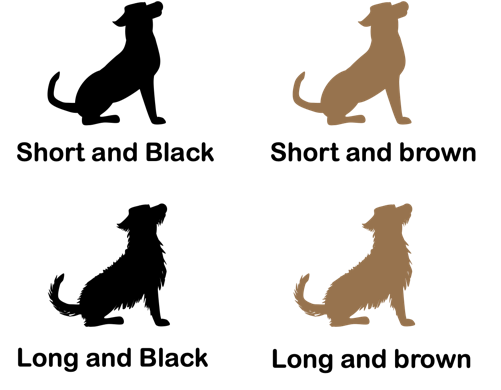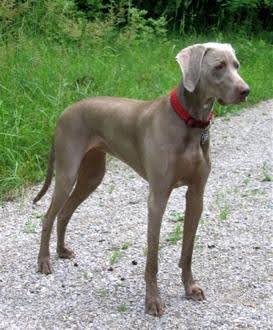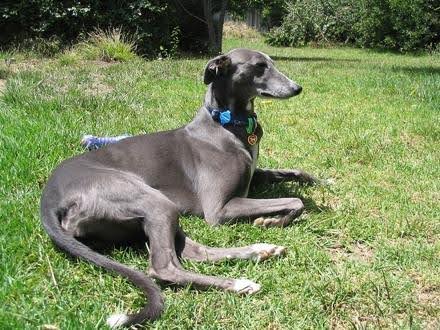Review from Basic Heredity
So how do the genes described in Table 1 (found here) interact to produce varied phenotypes of dogs? Let’s start with a review from the Basic Heredity unit.

Test Your Understanding
Remember, the Law of Independent Assortment states that inheritance of alleles from one gene is independent of inheritance of alleles from another. For example, two different genes affect coat length and black/brown coat color: a dog may have long and black, long and brown, short and black, or short and brown fur (Figure 3). A dog that is heterozygous for both genes (dihybrid genotype) will likely have short, black fur.


If multiple genes affect the same phenotype, like the fur color loci shown in Table 1, things get more complicated. Those genes can interact in multiple ways. Some pairs of genes still produce distinct phenotypes in patterns that obey the laws of independent assortment. For example, the B locus determines whether a dog produces a black pigment or a brown pigment; black is dominant to brown. The D locus determines the saturation of color: dogs with a homozygous recessive genotype (dd) have “dilute” or lightened pigmentation compared to the dominant phenotypes. A black (B_) and dilute (dd) dog appears silvery blue-gray in color like the greyhound shown in Figure 4.1, and a brown (bb) and dilute (dd) dog appears silvery brown like the Weimaraner shown in in Figure 4.2. Black and brown dogs with the dominant D allele (D_) are darker.
Test Your Understanding
Whether or not a dog is dilute does not affect whether the dog is black or brown. Because the B and D genes act independent of one another and independently assort, a dihybrid cross gives the expected offspring ratio for a dihybrid cross with independent assortment: 9 Black (black and undilute): 3 silver (black and dilute): 3 brown (brown and undilute): 1 silvery brown. This is shown in Figure 5, with a 4×4 Punnett square that shows all 16 possible offspring and their phenotypic class.
Test Your Understanding

Media Attributions
- Black:brown dogs © Amanda Simons is licensed under a CC BY-SA (Attribution ShareAlike) license
- Weimaraner © Rufus46 via. Wikipedia is licensed under a CC0 (Creative Commons Zero) license
- Greyhound B_dd © Shaz91 via. Wikipedia is licensed under a CC0 (Creative Commons Zero) license
- Dihybrid cross © Amanda Simons is licensed under a CC BY-SA (Attribution ShareAlike) license

